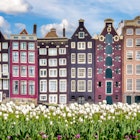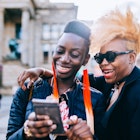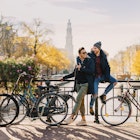The Netherlands is known for many things – sublime art, sustainability initiatives, glorious countryside – but low prices isn’t typically one of them (especially not in Amsterdam, with the capital ranking as one of Europe’s most expensive cities).
Still, there are plenty of opportunities to minimize costs. Here’s the lowdown on alternative ways of traveling to, and around, the Netherlands, snapping up the best accommodation deals, and finding cheap options for meals, museums and other attractions to save money and maximize your travel budget.
Daily costs in the Netherlands
- Hostel room (dorm bed): from €30–40 (Amsterdam €35–60)
- Basic hotel room for two: €65–120 (Amsterdam €120–180)
- Self-catering apartment (including Airbnb): €90–180 (Amsterdam from €160)
- Coffee: €3.50
- Sandwich: €4–11
- Fluitje (medium 22cL glass) of beer: €3.50
- Dinner for two at an inexpensive restaurant: €20–40
- Bicycle rental per day, standard/electric: €13/30
- Museum entry: €15–30
- Netherlands-wide public transportation day ticket (on/off-peak): €70/48
Average total daily cost: €100–180 (Amsterdam from €140)
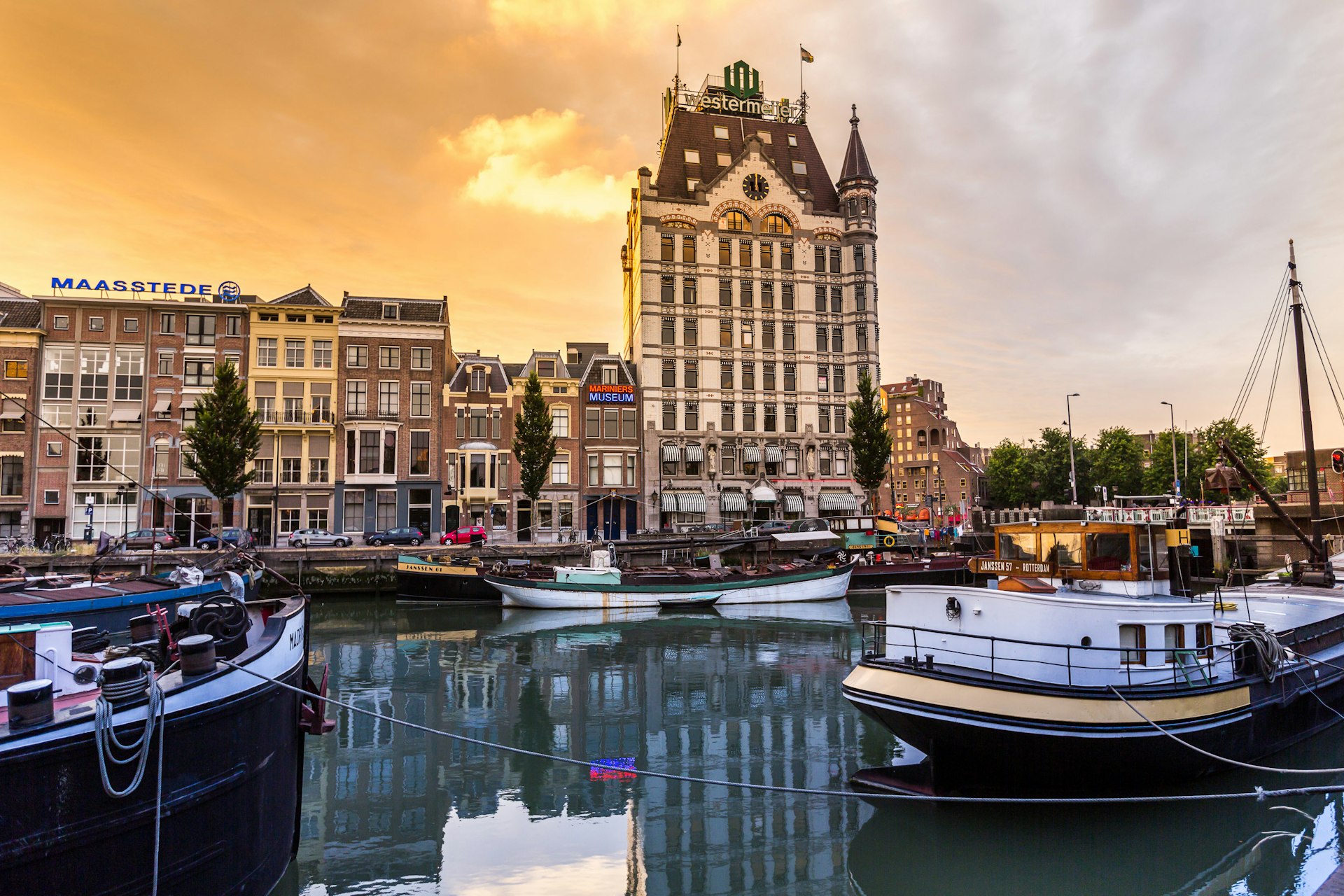
Include less expensive destinations in your itinerary
As a small, compact country, traveling around the Netherlands is quick and efficient, which makes it easy to visit a variety of destinations and enjoy a break from the crowds.
Prices can vary substantially depending where in the country you travel. Budget travelers should also be aware that busier, popular municipalities levy significantly higher tourist taxes (aka city taxes, paid per person, per night at your accommodation, either as a percentage of your accommodation cost or a flat rate) while some don’t charge any at all. For instance, Amsterdam’s 2024 tourist tax is 12.5% (Europe’s highest, as part of its efforts to balance overtourism), while the Netherlands’ next-biggest city, Rotterdam, is virtually half that at 6.5%. The beach-fringed island of Texel charges €2.40 per person, per night. Pretty Meppel, in the northeastern province of Drenthe, is among the municipalities with no tourist tax.
Places that attract weekend visitors such as Amsterdam often have lower accommodation rates earlier in the week.
Sticking to Amsterdam? Check out our budget guide for the capital
Choose the cheapest airport
Long-haul travelers will likely fly into the Netherlands’ main airport, Schiphol, 18km (11 miles) southwest of Amsterdam’s city center.
If you’re flying from within Europe, you could also check for low-cost fares into Rotterdam The Hague Airport, 75km (46 miles) southwest of Amsterdam, and Eindhoven Airport, 120km (75 miles) southeast of Amsterdam, which may work out to be more convenient, depending on where you’re heading in the Netherlands. Airports are well connected by public transport.
Look into alternatives to air travel
For short-haul travelers, trains are not only more sustainable but can often be cheaper than flying (and avoid travel to and from the airport). Trains run to neighboring Belgium and Germany (and beyond), with Eurostar services linking Amsterdam and Rotterdam with London. The Trainline website often has discounted international tickets.
Ferries between the UK and the Netherlands often have discount deals. Services include overnight DFDS ferries between Newcastle-upon-Tyne and IJMuiden, near Amsterdam; overnight P&O ferries between Hull and Rotterdam; and both day and night Stena Line ferries between Harwich and Hoek van Holland, near Rotterdam. Onboard are varying types and prices of cabins, and facilities such as restaurants and bars. All Netherlands ferry ports are served by public transport.
Comprehensive website the Man in Seat 61 is a great, up-to-date resource for rail and sea travel.
Buses are usually the cheapest (if slowest) option. International operators such as FlixBus, with comfortable, well-equipped coaches, operate to destinations across the Netherlands.
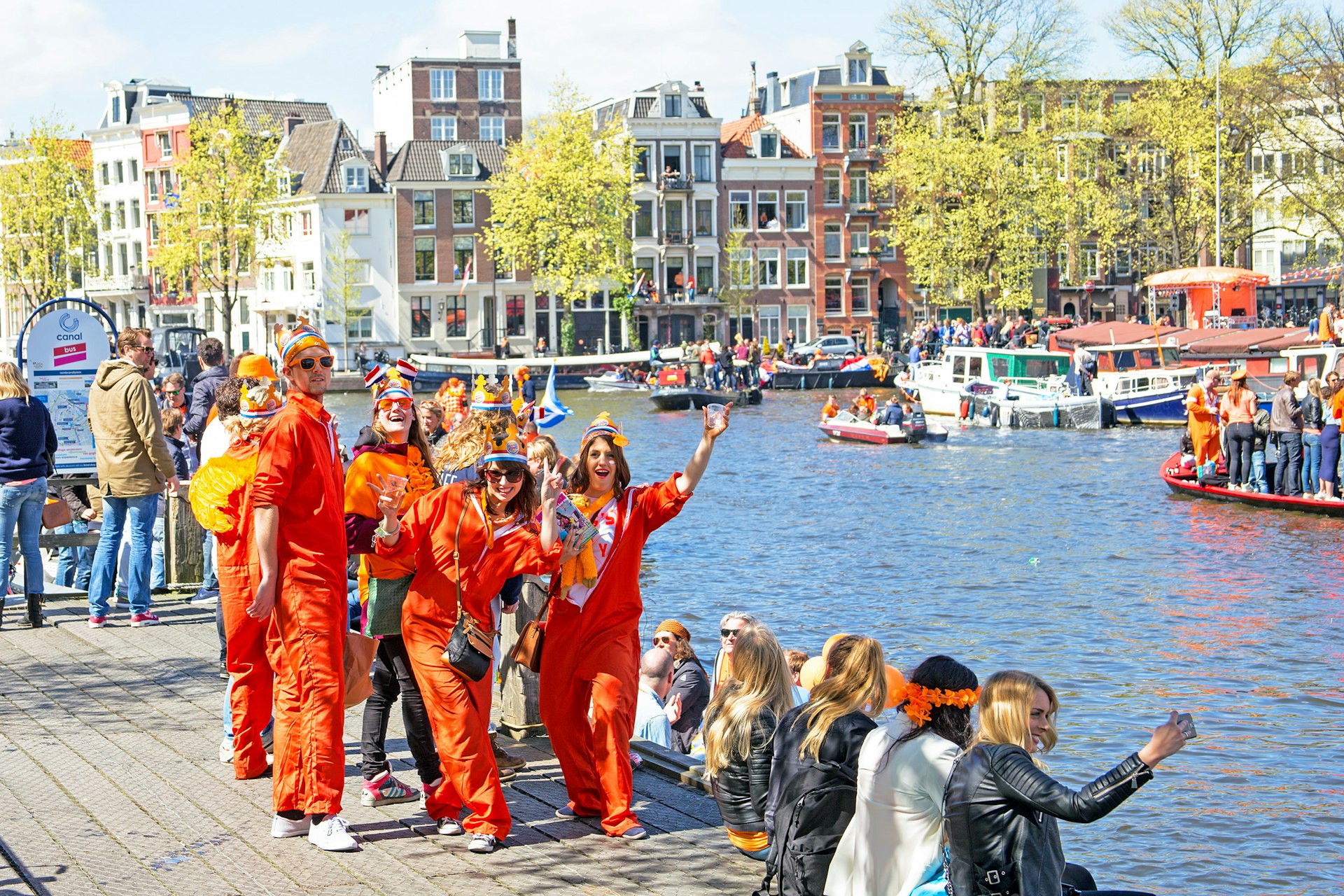
Plan around peak times for cheaper accommodation rates
Locking in your accommodation is crucial in peak times. Most places use dynamic pricing that spikes according to demand, and generally the further ahead you book, the lower the cost will be.
Along with the summer months (June to August) and holidays (such as Christmas), watch out for local festivals and events, such as pre-Lent Carnaval celebrations (February or March) in southeastern destinations like Maastricht, spring tulips (mid-March to mid-May) in the Bollenstreek bulb-growing region, and widespread festivities for the Netherland’s national day, King's Day (April 27, or April 26 if April 27 is a Sunday). Check tourist authorities’ online agendas to see what’s coming up so you don’t get caught out.
The Netherlands has around 2000 campgrounds, spanning everything from rustic sites to fully kitted-out cabins and village-like facilities. They can quickly fill in summer (camping is a favorite escape with locals), so book ahead. Wild camping (aka “freedom camping”) is illegal and attracts a fine.
Pick the right time for your visit to the Netherlands with our seasonal guide
Catch cheap or free entertainment and events
Local festivals can be a great way to experience inexpensive or free concerts and entertainment like street theater. Tourist authorities’ websites are a good first port of call for information.
If you’re in the Netherlands during the second weekend of September, some 4000 historic buildings and sites throughout the country open their doors for free during European Heritage Days, locally called Open Monumentendag (Open Monuments Day).
Look into discount cards or museum passes
The Netherlands’ museums are a major draw, and a discount card or museum pass can be a real money-saver. Students with valid ID, seniors over 65 and their partners over 60 or certain professions (such as artists, journalists, museum conservators and teachers) with valid accreditation mightn’t need one as they are often eligible for discounted entry anyway.
The EYC (European Youth Card), known in the Netherlands as the CJP (Cultural Youth Passport) is a brilliant deal that’s available online for anyone aged under 30 (not only Europeans). For a small cost, it offers discounts on transport, sights, accommodation, shopping and more in 36 countries across Europe (age limits vary in some countries) for a year.
A Museumkaart (Netherlands Museum Pass) gives all ages free and discounted entry to over 420 museums nationwide for one year. Visitors without a Dutch bank account need to purchase a temporary card at a museum approved to issue them. It's valid for 31 days, covering up to five museums; you’ll then need to register it online and have your permanent card sent to a Dutch address (eg your hotel) within five working days.
City-specific passes include the I amsterdam City Card, which can be a worthwhile investment if you’re concentrating your time in and around the capital.
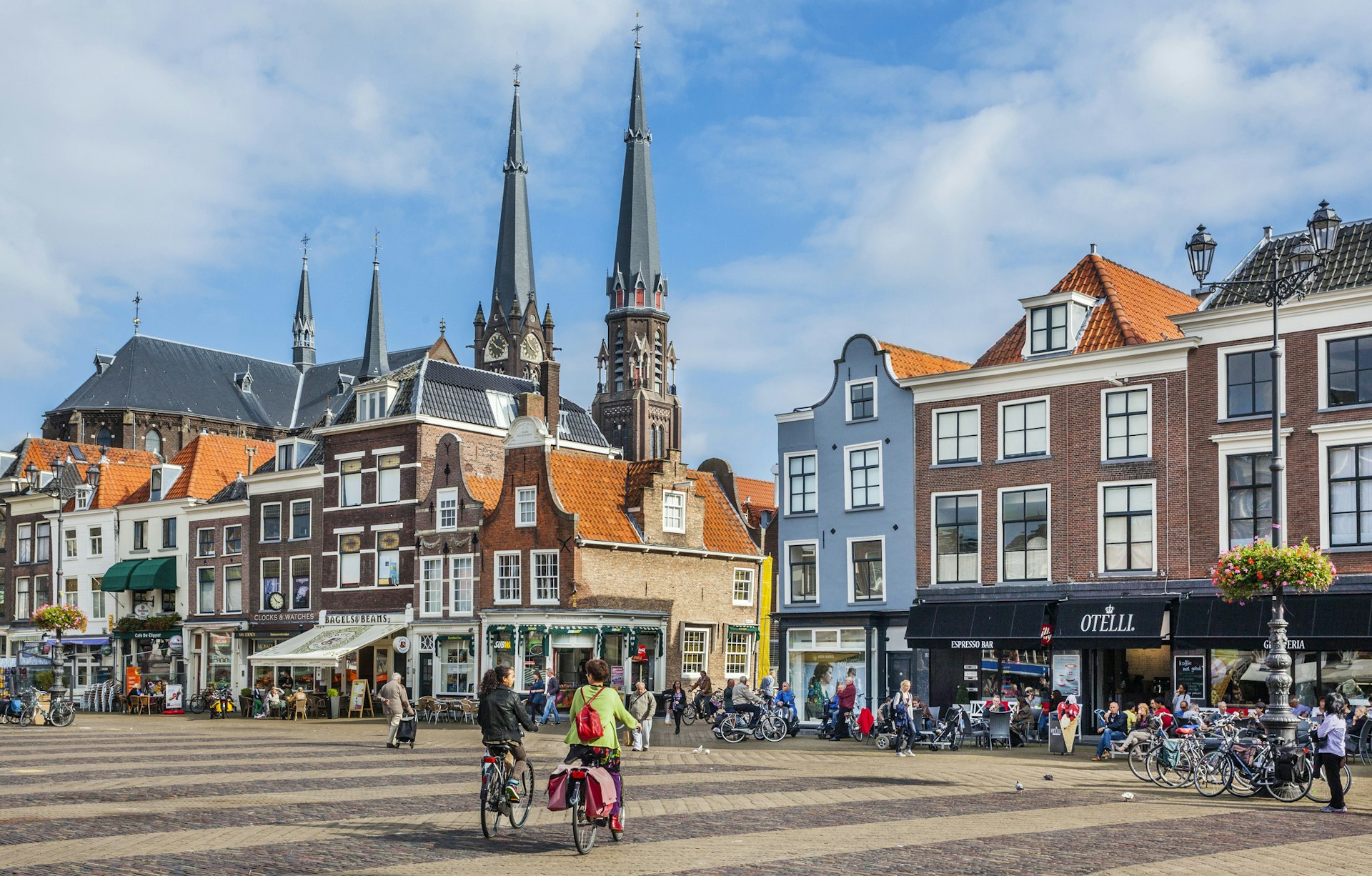
Save money on public transport
Public transport is highly efficient in the Netherlands, with an extensive rail network of comfortable trains, metros and trams, ferries and, increasingly, electric buses. The journey planner 9292.nl lets you work out the easiest and most cost-effective routes.
Day tickets are invariably good value. You can get one covering the whole country or a defined area (such as the province of South Holland, incorporating Rotterdam, Delft, Den Haag and the bulb fields, or a city; the Amsterdam Travel Ticket is a handy option if you’re flying into Schiphol Airport).
Traveling around the Netherlands? Here are the places you shouldn't miss
Harness pedal power and travel by bike
Freewheeling by fiets (bicycle) is hugely popular here. The Lowlands, as the Netherlands is known, is indeed flat (other than the southeastern corner), distances are short, the climate is generally mild and cycling infrastructure is extensive.
Both short- and long-distance bike routes cover the country, often through picturesque landscapes. The fietsknooppuntennetwerk (cycle junction network) is made up of knooppunten (junctions, aka “nodes”) where cycle routes converge, and is designed for short day trips. Numerous route-planning apps include the Fietsersbond Routeplanner. Landelijke Fietsroutes (LF routes) are long-distance cycling routes for extended journeys; download its app online (make sure you have the most up-to-date version as the LF network expands each year).
Bicycle rental is widespread: most train stations have bike-rental shops, as do all cities and towns.
Self-cater to save on food costs
If you’re staying at a campground, hostel or rental apartment and have access to a kitchen, self-catering can save you a bundle. Picnics in parks, by waterways and at beaches can also be a great option in warmer weather.
All Dutch towns have markets at least once a week, when the market square fills with stalls selling fresh fruit, vegetables and specialities including famed Dutch cheeses. Pick up fresh bread and baked treats at a bakkerij (bakery).
The app Too Good To Go alerts you to bargains on otherwise-unsold food items at bakeries and shops, saving you money and helping fight food waste.
Find cheap eats
Favorite Dutch snacks include haring (herring), Vlaamse frites (“Flemish fries”) with a variety of sauces, stroopwafels (caramel syrup-sandwiched wafers) and poffertjes (mini-pancakes dusted with icing sugar) at hole-in-the-wall outlets and food stands.
Dining out, you’ll often save by ordering the dagschotel (dish of the day) or, for a full meal, a dagmenu (a set menu of three or more courses).
Another option for discounts Netherlands-wide is Social Deal, which offers deals on meals, as well as hotels, wellness and beauty services and various attractions and activities, such as canal cruises.



